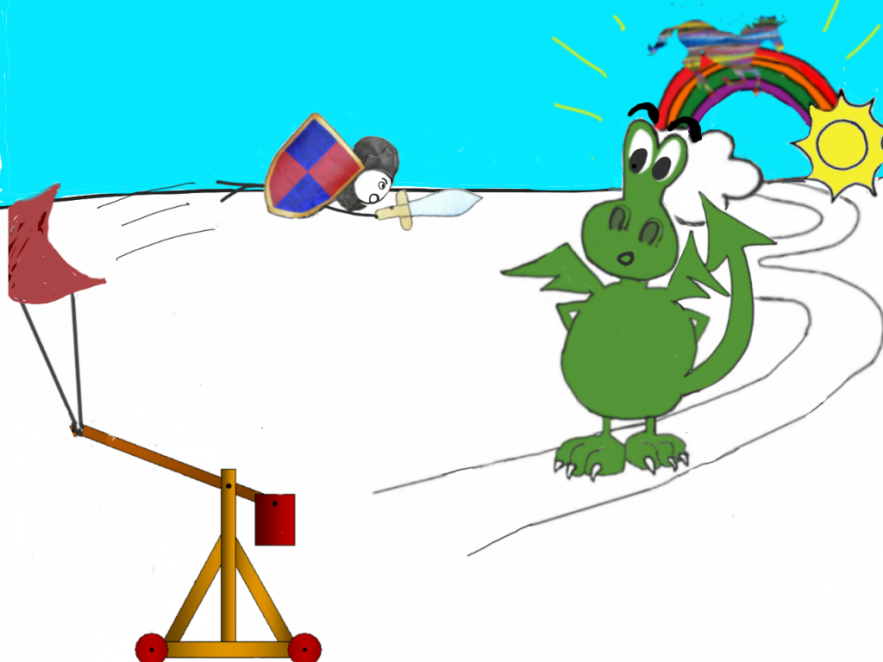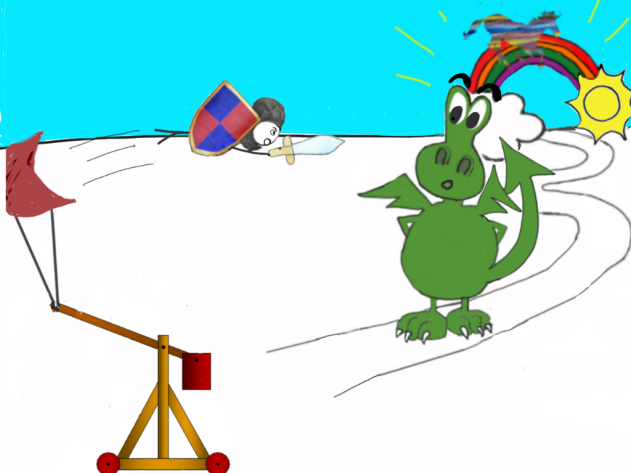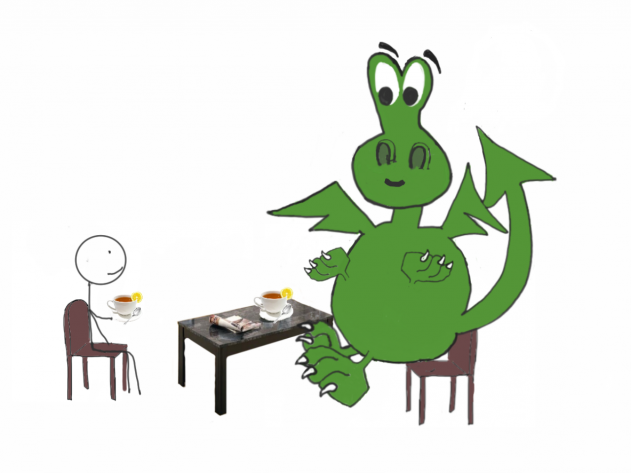PSYCHOLOGY OF US
YOUR RESOURCE LIBRARY
Feeling Stuck? Externalise your Resistance

You are not the problems that stand in your way. The problems are the problems. Work the problems. – Steven Pressfield
Resistance is made up of the internal processes or the emotional roadblocks that stop us from getting what we want or need. Our resistance comes in the form of our negative attitudes, thoughts, and feelings, and in our self-defeating behaviours. It is the stickiness that keeps us from moving forward.
Ideally, when we feel stuck, we go on a journey of discovery to find out why; we address the roadblocks and then start making progress again. But realistically, this doesn’t always happen. Sometimes we don’t have time to work through our emotional roadblocks. For example, when a presentation is due at work tomorrow. We might already understand that our inner critic goes into overdrive whenever we take on a creative endeavour. But we need to move forward now.
Externalising Resistance
Do the Work author, Steven Pressfield explains that we often confuse our inability to finish a task with our overall ability. Or we confuse our hesitance to take the next step with our ability to be creative at all. If we view our procrastination as an indication that we are incapable, then this can cause us to become stuck (1).
Pressfield’s mantra, ‘You are not your resistance. Your resistance is your resistance.’ means that our resistance is not an indication of our overall capabilities. It is only an indication that we are resisting this particular step. So stop worrying about it and get to work. We can do this by thinking of our resistance as an external force, Resistance Dragon.
Externalize, bunch, and label all your underlying blocks and hesitation as simply Resistance. You will save time and energy that you otherwise would have used during introspection, or feeling guilty, inadequate, and/or unprepared. You can apply this time and energy to the moving forward.
How can you work your resistance? Two ways: By Waging war or Befriending the Dragon.
Both are effective so pick the one that resonates with you.

Wage War.
Whenever prolific writer and former Marine, Steven Pressfield, is working on his next creative project, he externalises resistance like this: It is inside you. It is not you. It is the enemy.
Resistance is an active, intelligent, protean, malign force— tireless, relentless, and inextinguishable— whose sole object is to stop us from becoming our best selves and from achieving our higher goals.
– Do the Work (pg 293)
Pressfield declares that Your Resistance is a Dragon and Real You is a Knight! Real You must duel the Resistance Dragon. And You Must Conquer, Yawwr!
Research shows that a Resistance is the enemy mindset can spark a competitive spirit in us and motivate us to move forward (2). Though dragon slaying might feel overwhelming, Pressfield suggests Real You is not alone in the fight. Your dream, vision, passion, and/or enthusiasm will give you all of the courage and strength that you need to conquer dragons.
Waging war on internal resistance has shown to be effective outside of the creative realm too. Conceptualising your relationship with internal resistance as a battle that you can WIN can energise and mobilize a sense of personal agency. Using vivid imagery elicits a fighting spirit towards conquering a worthy opponent (3).
If you are up for a battle, then Rawr! Here is how to wage war.
Name that Dragon. If you already understand the underlying reasons for your resistance, don’t go over them again.
Ignore the Dragon.Start before you are ready! Don’t wait until you are ready to start, or until you have questioned, analysed, or overcome the resistance. Just start.
Fight the dragon.No doubt that Just Starting will intensify the Dragon’s need to stop you. Imagine that you are the Knight, equipped with power and determination. Imagine the benefits that your brain gives you when you feel confidence, excitement, and enthusiasm (doses of adrenaline, cortisol, oxytocin, and DHEA and increased blood flow and energy).
You know that the Dragon is there, but you choose to storm past it down the path anyway.
Take a Dragon-fighting break.When you feel that you are tiring, interrupt the pressure that you are applying to yourself and take a break. Psychologist Paul Gilbert suggests taking a walk, running an errand, or better yet, talking to someone. This will help rebalance your stress hormones with your feel good hormones (serotonin and oxytocin) so you can fight the Dragon another time.
Start Dragon fighting again. Pressfield suggests,‘Some days you win and some days you lose. Why you lost doesn’t matter. It only matters that you start again’.
One problem that you might encounter with dragon slaying is that it is bloody exhausting. It requires A Lot Of Strength. The thing about dragons is that they are nearly impossible to kill (Actual Fact). And if you manage to run them off, they tend to rear their ugly heads later on, perhaps in other shapes and forms.

Befriend the Dragon. Identifying an issue such as resistance as hostile, malign, or the enemy potentially increases our fear of it and directs attention away from any value it might have to offer. Similar to how our stress responses protect us, our resistance is trying to tell us something that might be informative, supportive, or protective (3):
You and your resistance disagree but you don’t have to fight about it. You may find that if you befriend your dragon, you may establish an enhanced understanding through rational argument (4). Here’s how.
Thank the Dragon. Conceptualising our resistance as a something that is trying to protect us (no matter how disillusioned it may be) instead of as an adversary that needs to be battled can help us extend empathy and respect.
Listen to its concerns. Our resistance has something to tell us (5). Our task is to empathically listen to Resistance’s fears and concerns, not judge them or judge ourselves for having them. They may be based on past failures or they may be triggered by present concerns.
Ask the Dragon questions. Befriending our dragons is a difficult task. It requires being honest with ourselves. It may be difficult to uncover deep-seated or dormant fears. If the reasons for your resistance are not forthcoming, ask more specific questions:
What is it resisting?
What is it protecting you from?
What does it envision will happen if you continue down the path towards your goal?
Use the Three Whys:
- What am I afraid of happening? I will mess this up.
- What would it mean if that happened? I will always be a failure.
- What would that mean? I am a failure.
Often the last answer is what underlies our resistance. I am a failure.
Detangle dragon-size worries from realistic concerns.
Your Resistance Dragon may be able to bestow wisdom but that doesn’t make it wise. Negative self-beliefs such as ‘I am not good enough’ or ‘I am a failure’ are very common and often pop up whenever we do something new. Once you recognise self-doubt, you can focus on the constructive concerns. Ask:
What is the worst-case scenario? How likely is that to happen? The clients will hate the idea. Not very, but still..
What steps can I take to lessen the likelihood of that happening? I can come up with several variations.
What would happen if I never moved forward on this? I would lose the client.
Start! But agree to keep in dialogue with the Dragon.
For example, start working but write down your concerns as they pop in your head. And then keep going. Agree to revisit the concerns at the end of the day or the end of the week.
Resistance Dragon can help us along the way, flagging up weaknesses in our creative project that we might otherwise miss or try to ignore.
The strength of the dragon often reflects the importance of the project, rather than our inability to do it. Pressfield suggests that there is no such thing as a fearless warrior. Whether you choose to fight or befriend the dragon, working alongside the fear is part of the creative process.
References and Contributors
- Steven Pressfield. (2015). Do the Work: Overcome Resistance and Get Out of Your Own Way.
- Frederick J. Heide. (2010). The agonistic metaphor in psychotherapy: Should clients battle their blues? Psychotherapy: Theory, Research, Practice, Training.
- Michael White & David Epston. (1990). Narrative Means to Therapeutic Ends.
- DM Wegner, DJ Schneider, SR Carter III & TL White. (1987). Paradoxical effects of thought suppression. Journal of Personality and Social Psychology.
- Karla McLaren. (2010). The Language of Emotions: What Your Feelings Are Trying to Tell You.
How therapy works
Worksheets and useful information
Creative Process
Feeling Stuck
Stress
Depression
Feeling Down
Anxiety
Guilt and shame
Find out more
What I do differently
Monkey Therapy
Transformational Coaching
Online Therapy
Trauma
Your inner critic
The science behind it
Steps you can take now
Publications
More than CBT
More than IFS
Psychedelics
Neurodiversity
Thank you!
Your message has been sent. We'll contact you shortly
© 2023 The Monkey Therapist. All Rights Reserved. Site Designed By Samantha Ósk
PRIVACY POLICY